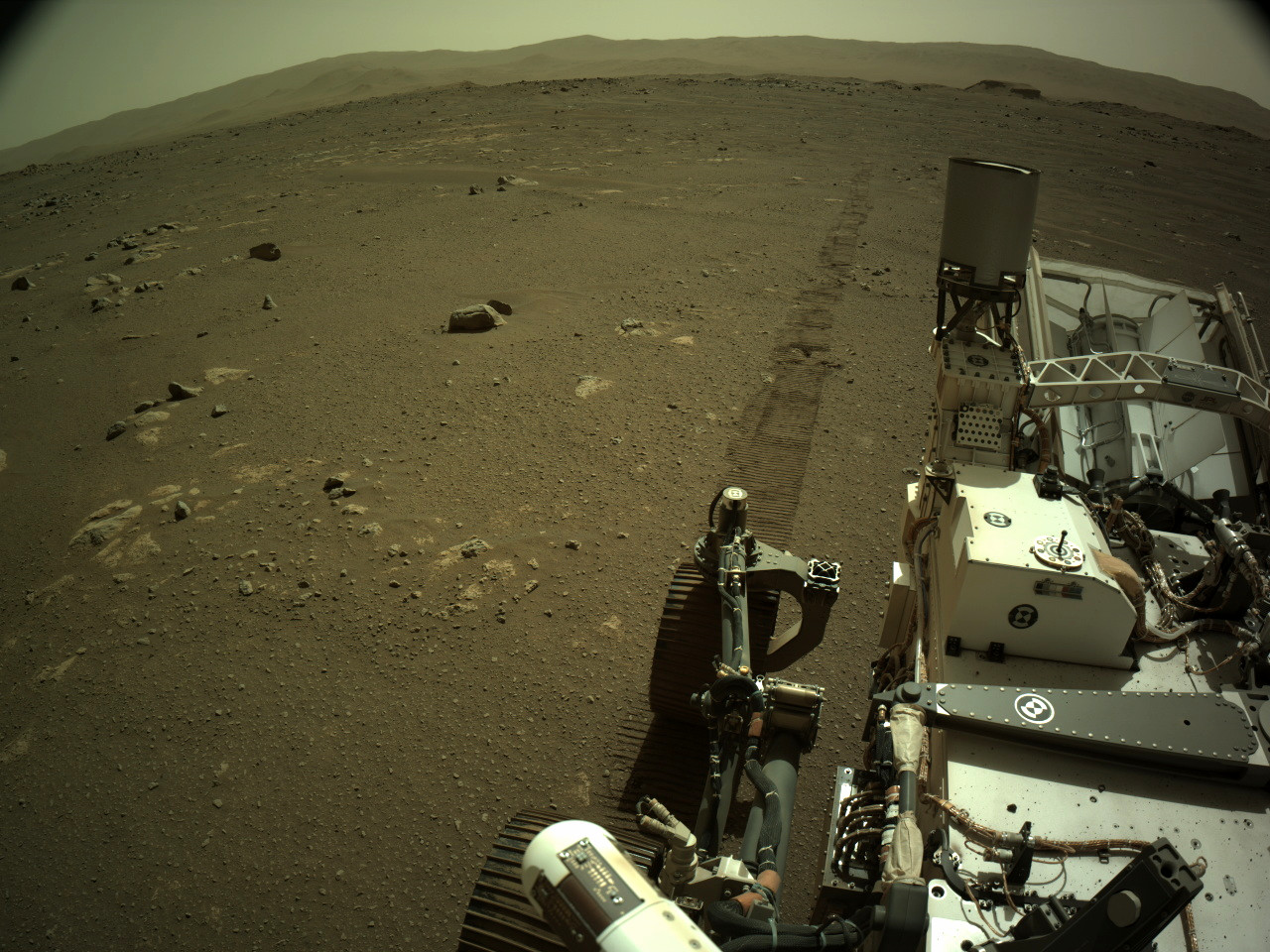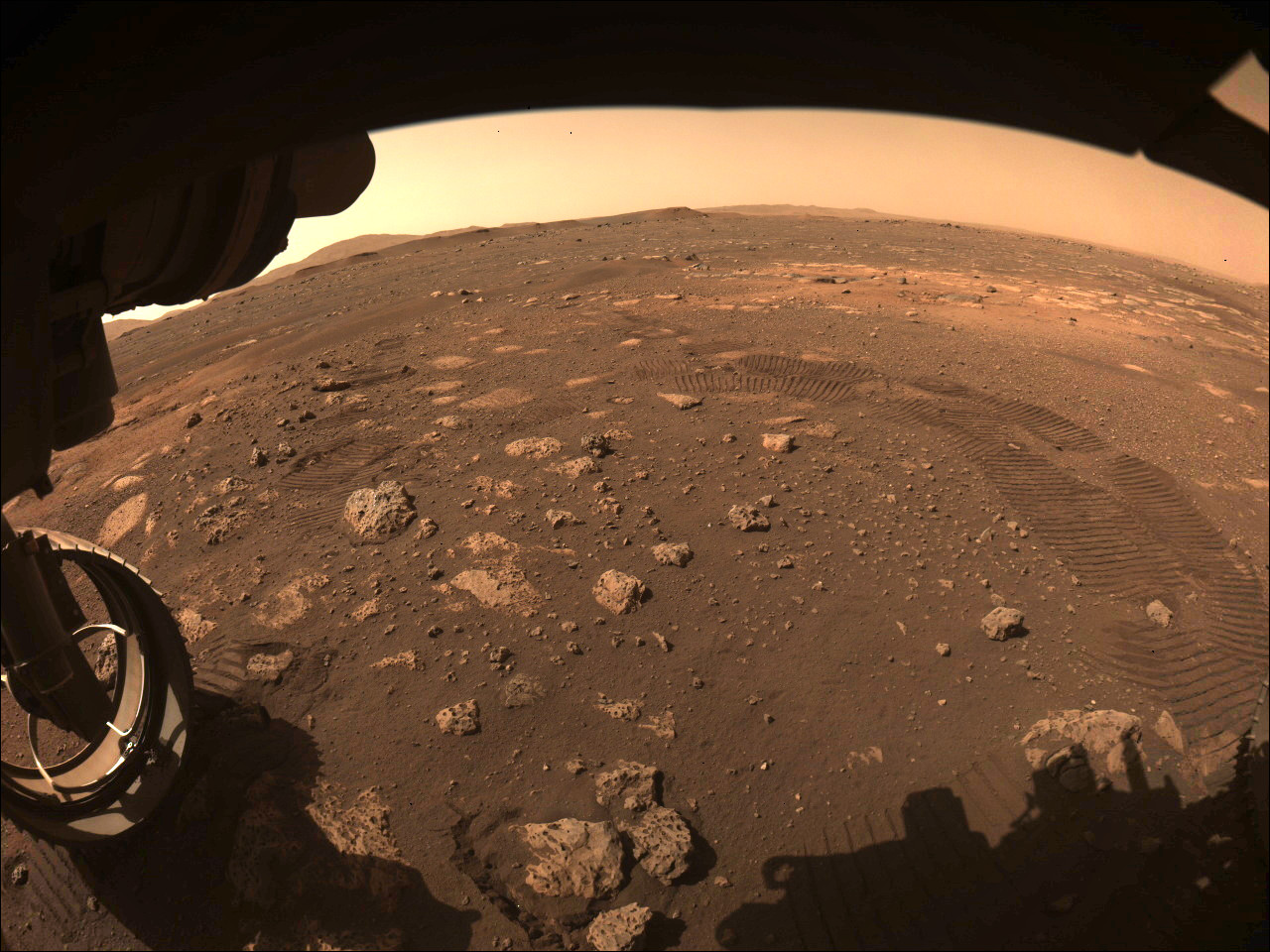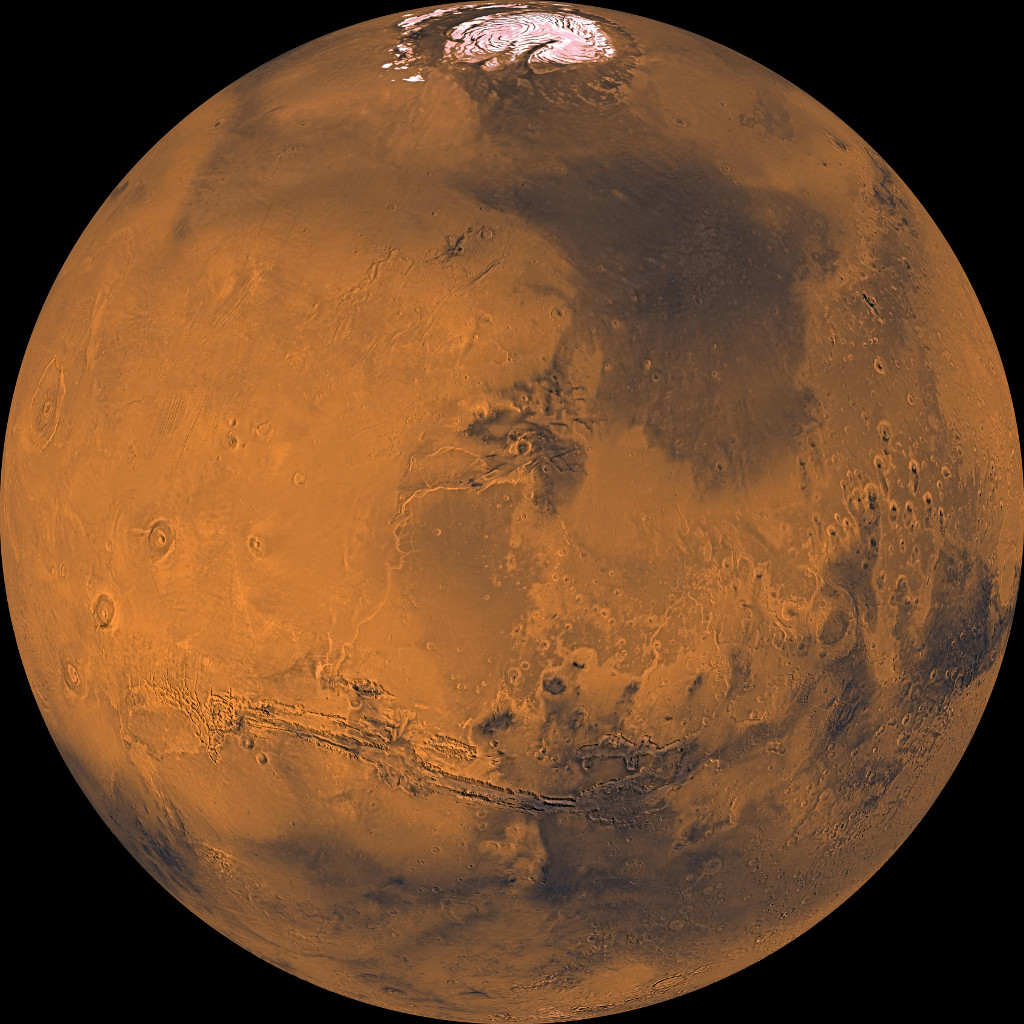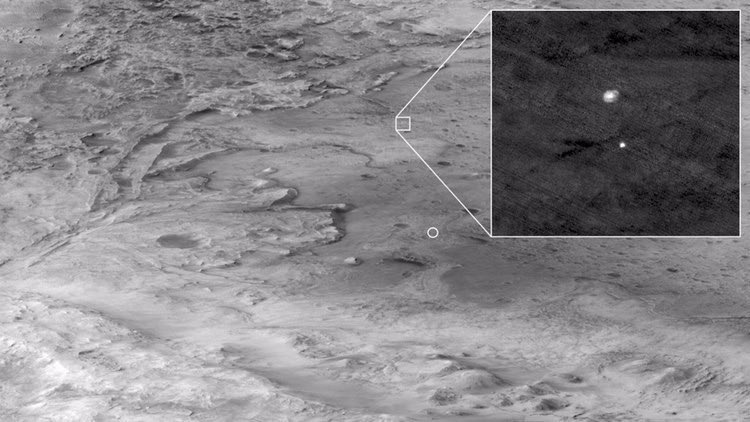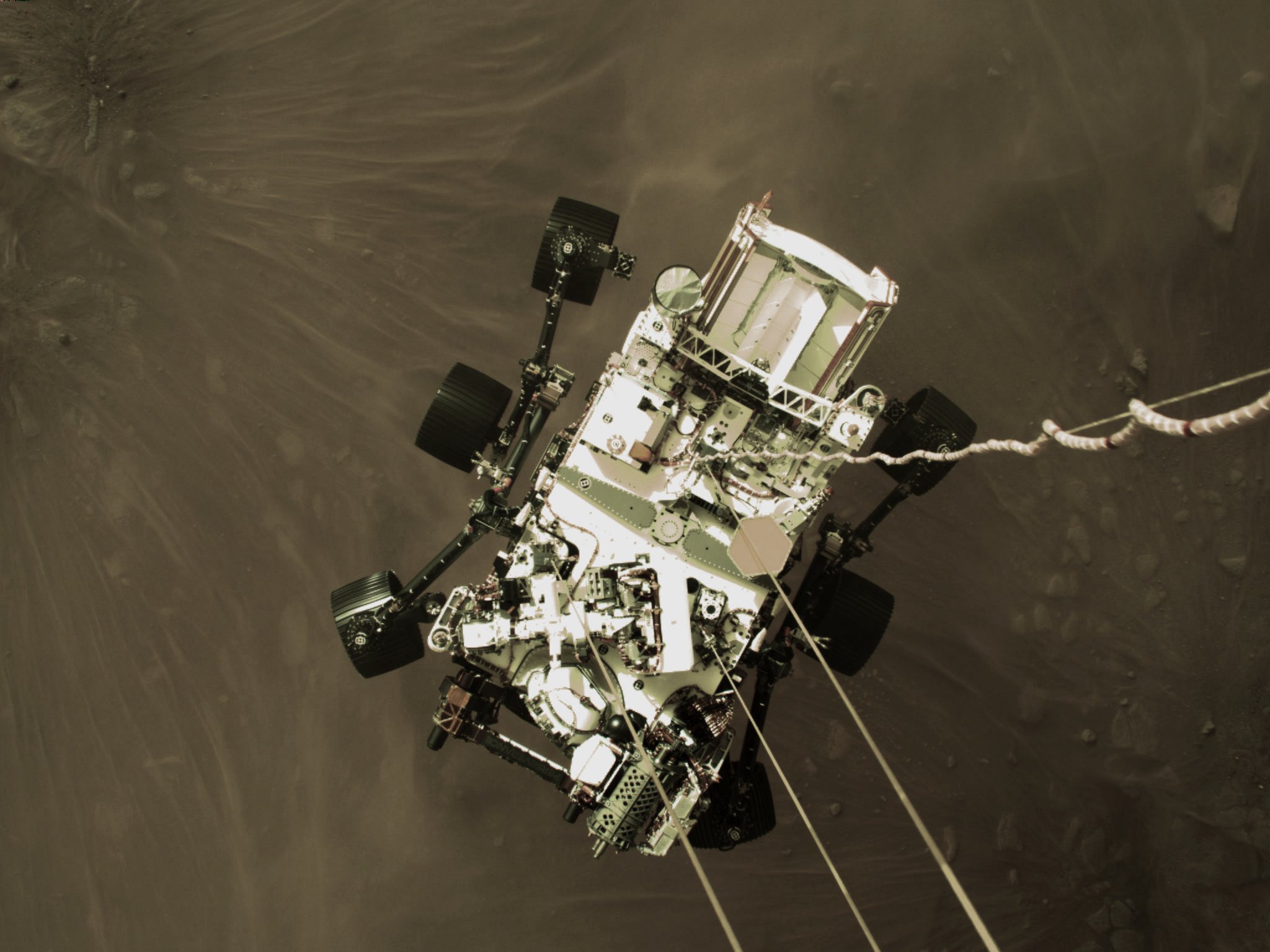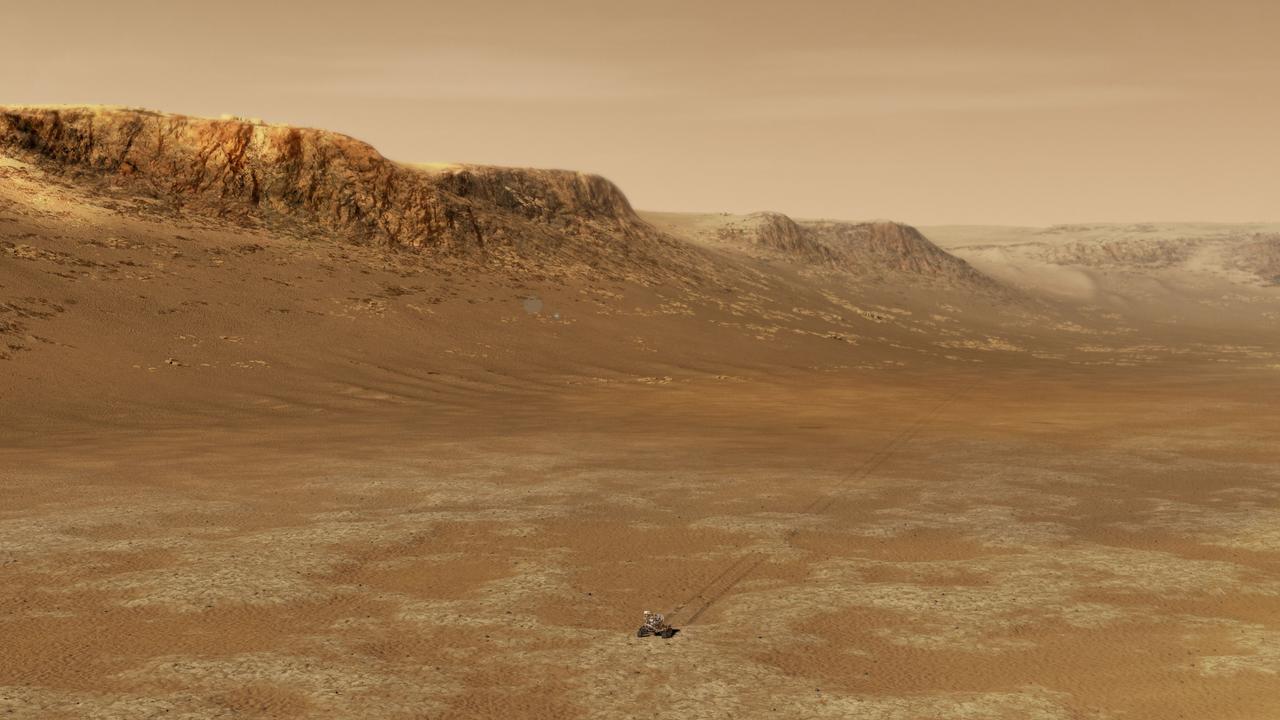I’ve been working on the next book, and so haven’t mentioned all the cool stuff going on with Mars this month. Over the past week, two spacecraft successfully inserted themselves into orbit around the planet.
The Hope orbiter, from the United Arab Emirates, will be studying weather patterns.
The Tianwen-1 mission, from China, is composed of an orbiter, deployable camera, lander, and rover. The overall mission objective is to search for evidence of life and to assess the environment. The lander and its rover will attempt to land in May of this year.
And next week, on the afternoon of February 18, Perseverance will land in Jezero Crater. Perseverance will be looking for evidence of past and present life, testing oxygen production technology for future human missions, collecting rock and regolith samples for eventual return to Earth, and flying the first helicopter on Mars.
For more information on Perseverance, check out this in-depth article from The Smithsonian.



